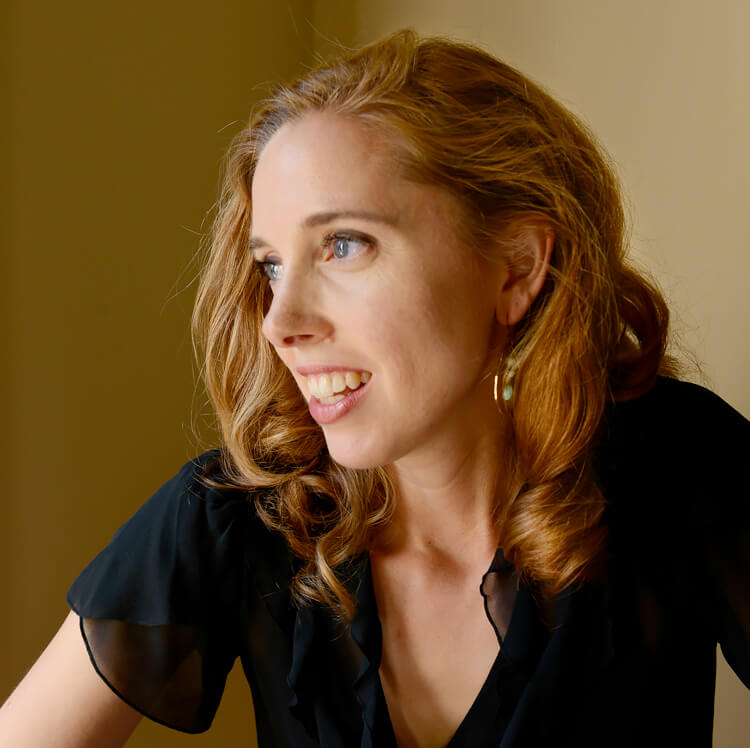Jessica spent much of her childhood wandering around museums with a sketchbook, copying paintings. This traditional artistic preparation took an unexpected course when she started making photographs as a teenager, but the familiar canvases of her childhood heroes -John Singer Sargent, Whistler, Vermeer- still have their influences today: she is interested in making intimate, psychological portraits, where the environment plays a large role.
Jessica Todd Harper uses portraiture to explore the subtle tensions within daily family interactions and the complexity of human relationships. Her work is grounded in art historical tradition, but with a psychological undercurrent that marks its modernity. A silver medalist in the Prix de la Photographie in Paris (2014), she was an Outwin Boochever Portrait Competition prizewinner (2016) and selected that same year for the Taylor Wessing Portrait competition at the National Portrait Gallery in London. Her work will be significantly represented in Kinship, opening at the
Smithosonian's National Portrait Gallery in late 2022, and running until 2024. Harper has published two prize-winning books of photography,
Interior Exposure (2008) and
The Home Stage (2014) (both Damiani Editore). Damiani’s third book of her work,
Here, is due out in late 2022.
HERE
Like 17th-century Dutch painters who made otherwise ordinary interior scenes appear charged with meaning,
Pennsylvania-based photographer Jessica Todd Harper (born 1975) looks for the value in everyday moments. The
characters in her imagery are the people around her—friends, herself, family—but it is not so much they who are
important as the way in which they are organized and lit by Harper. A woman helping her child practice the piano is
not a particularly sacred moment, but as in a Vermeer painting, the way the composition and lighting influence the
content suggests that perhaps it is.
This collection of photographs presented in Harper's third
monograph makes use of what is right in front of the artist,
what is here, a place that many of us came to contemplate
especially during the pandemic. Beauty, goodness and truth
can reveal themselves in daily life, as in the Dutch paintings of
everyday domestic scenes that are somehow lit up with
mysterious import. Harper shows how our unexamined or even
seemingly dull surroundings can sometimes be illuminating.
Exlusive Interview with Jessica Todd Harper about her Book Here